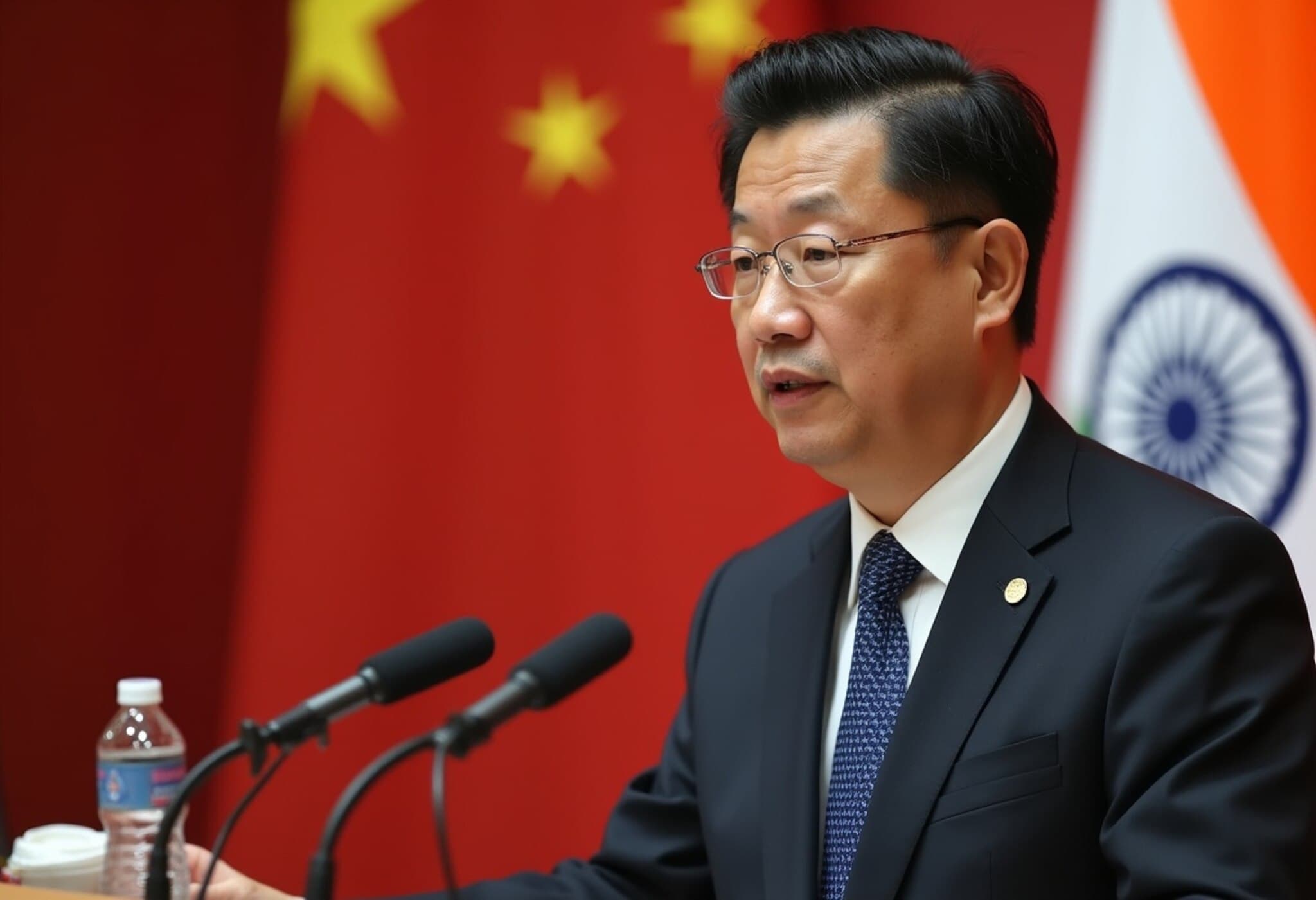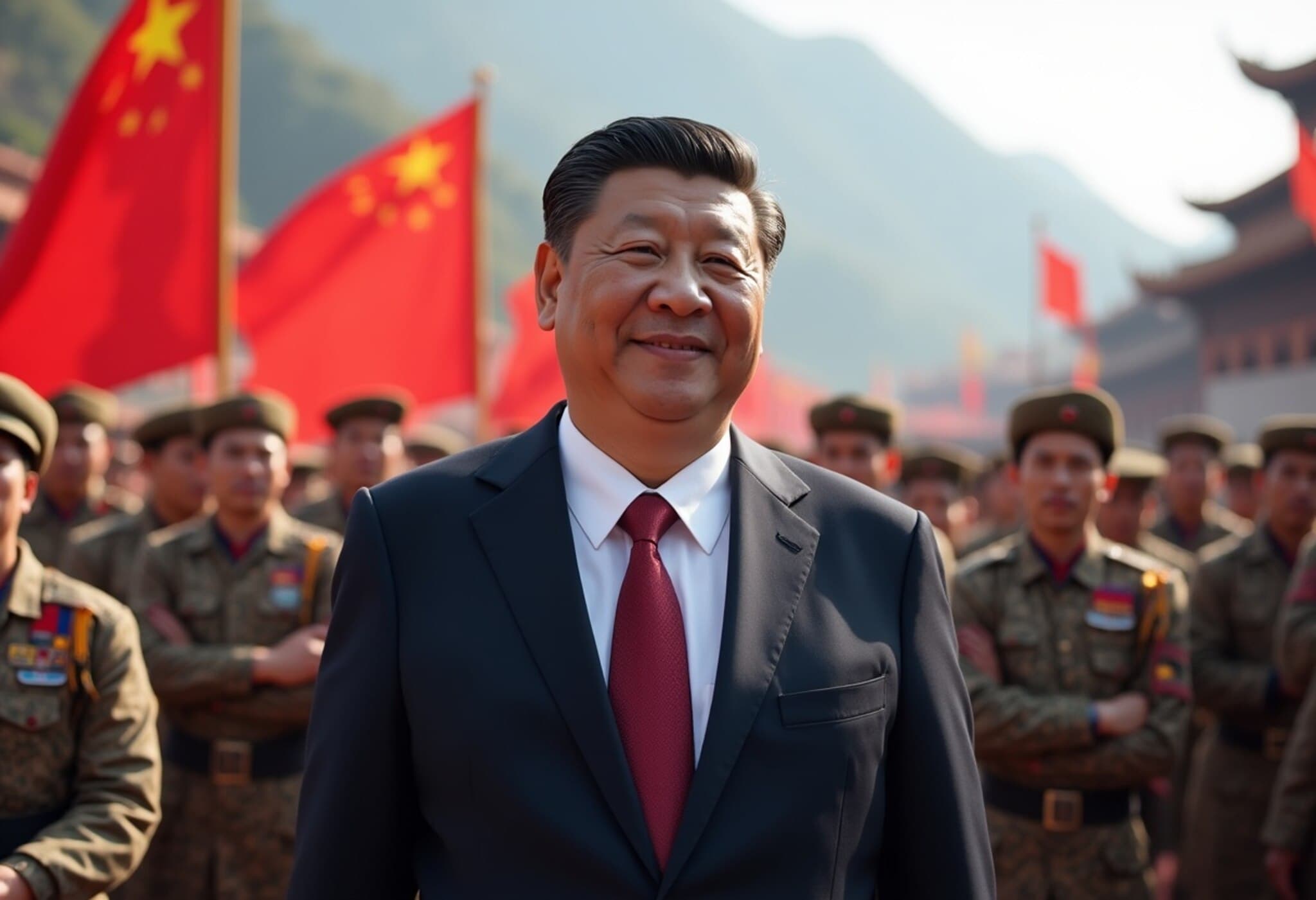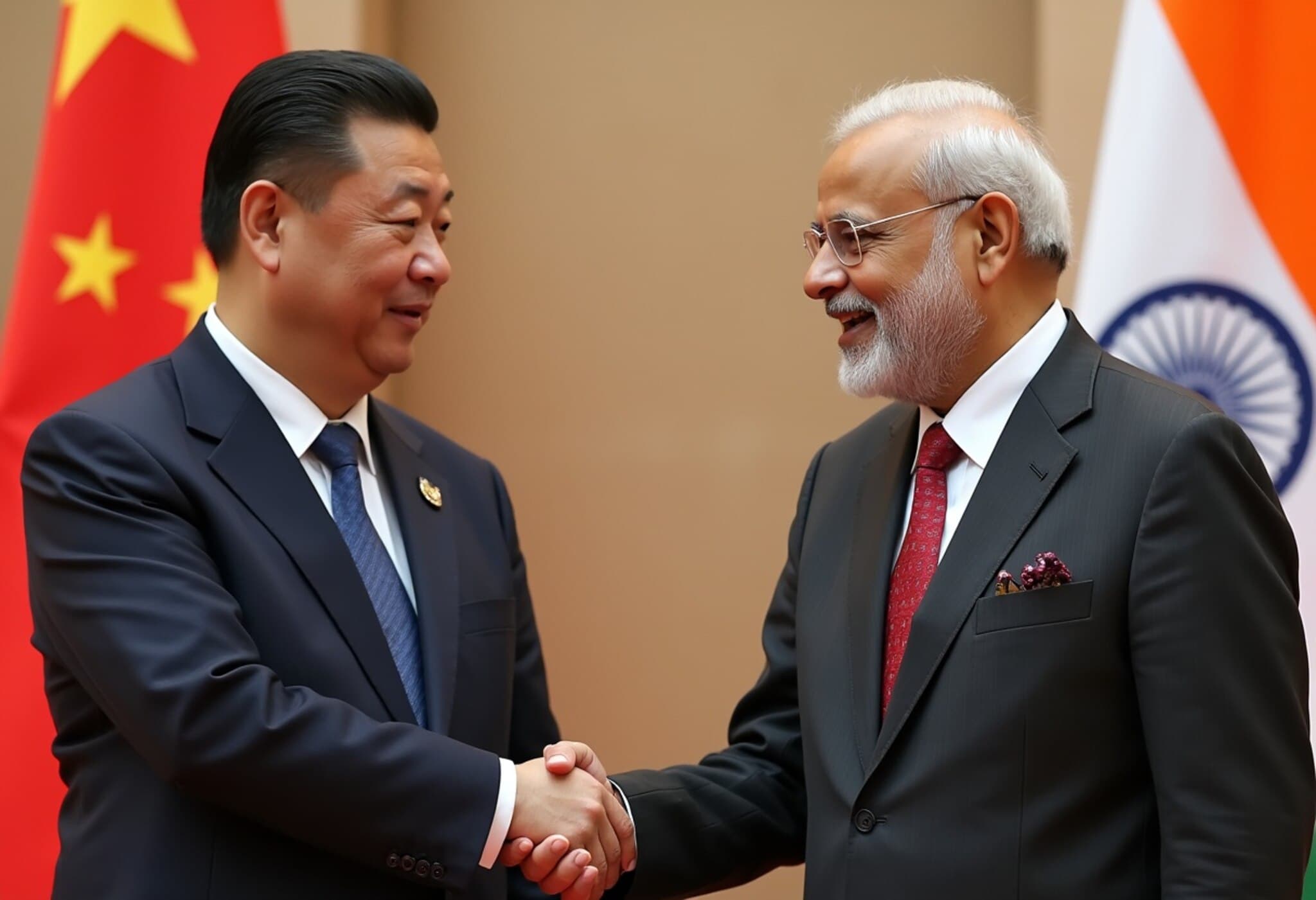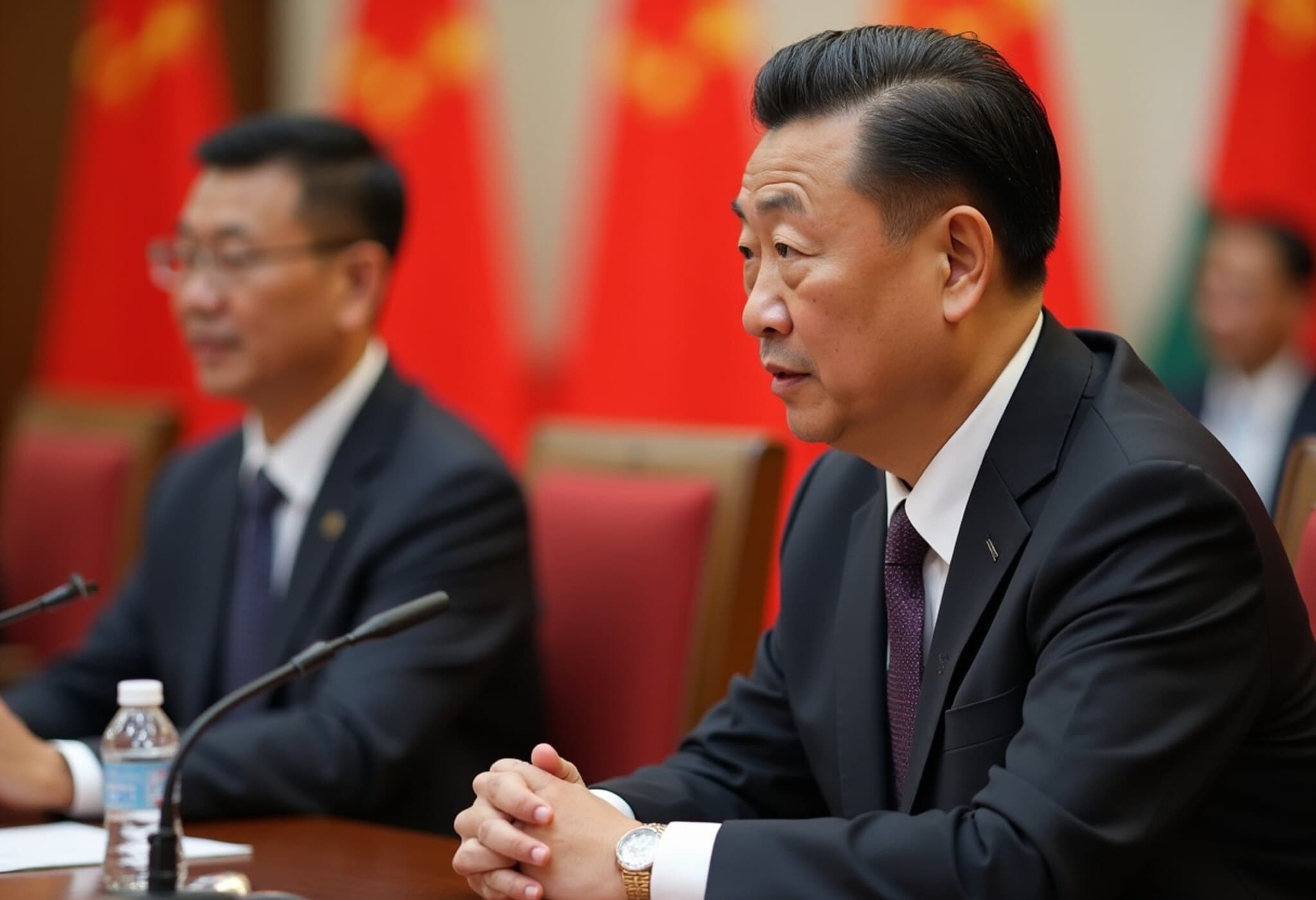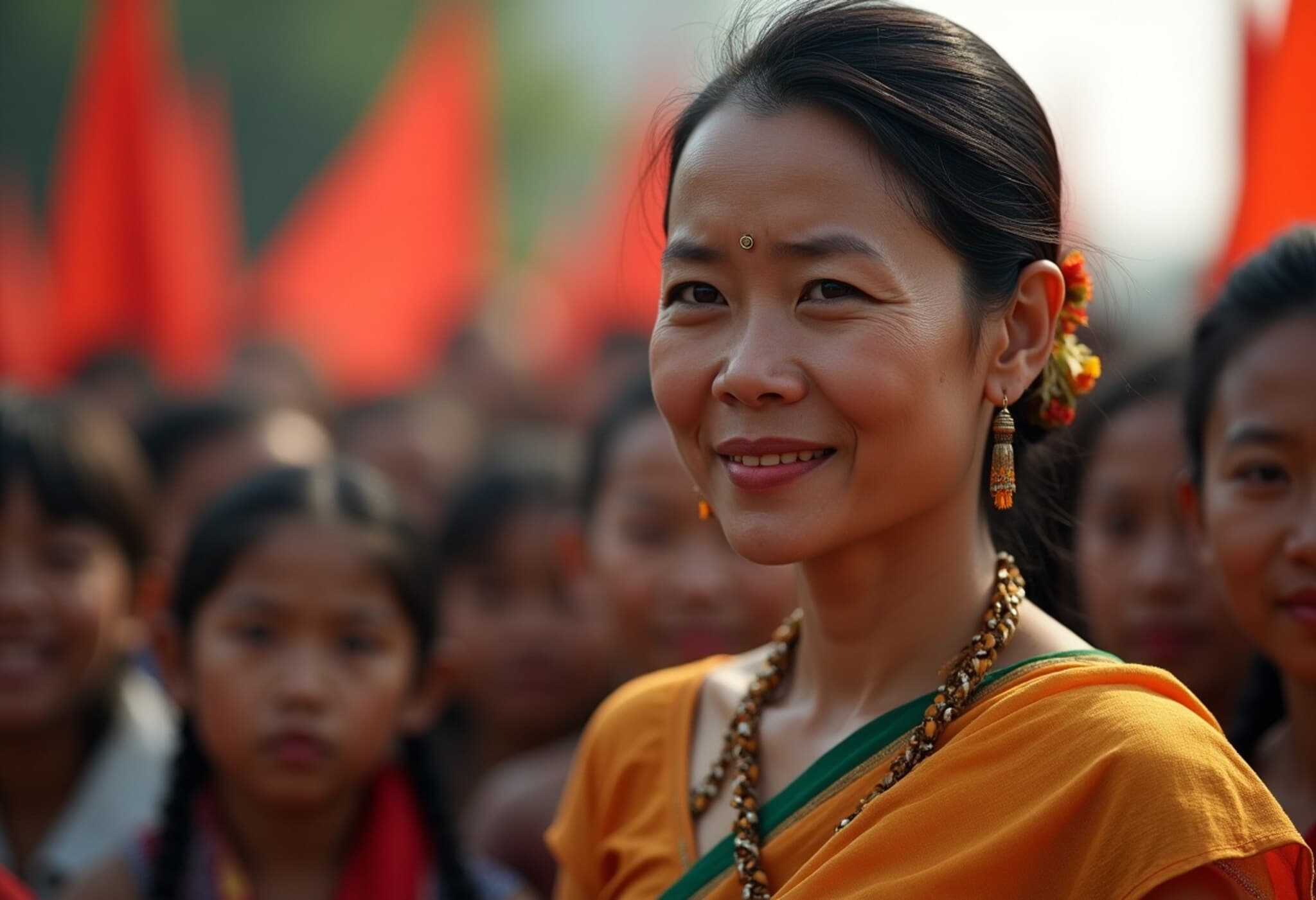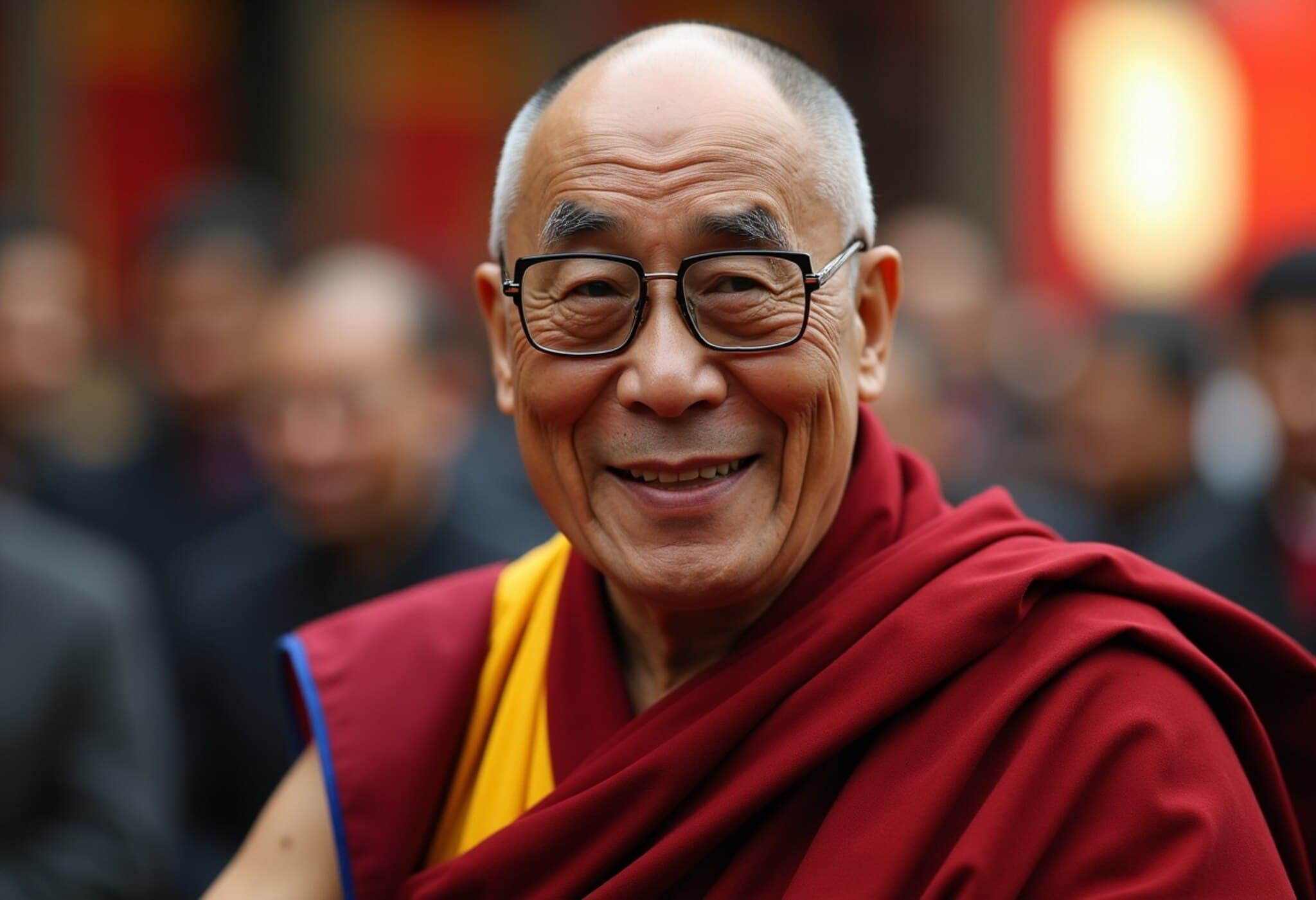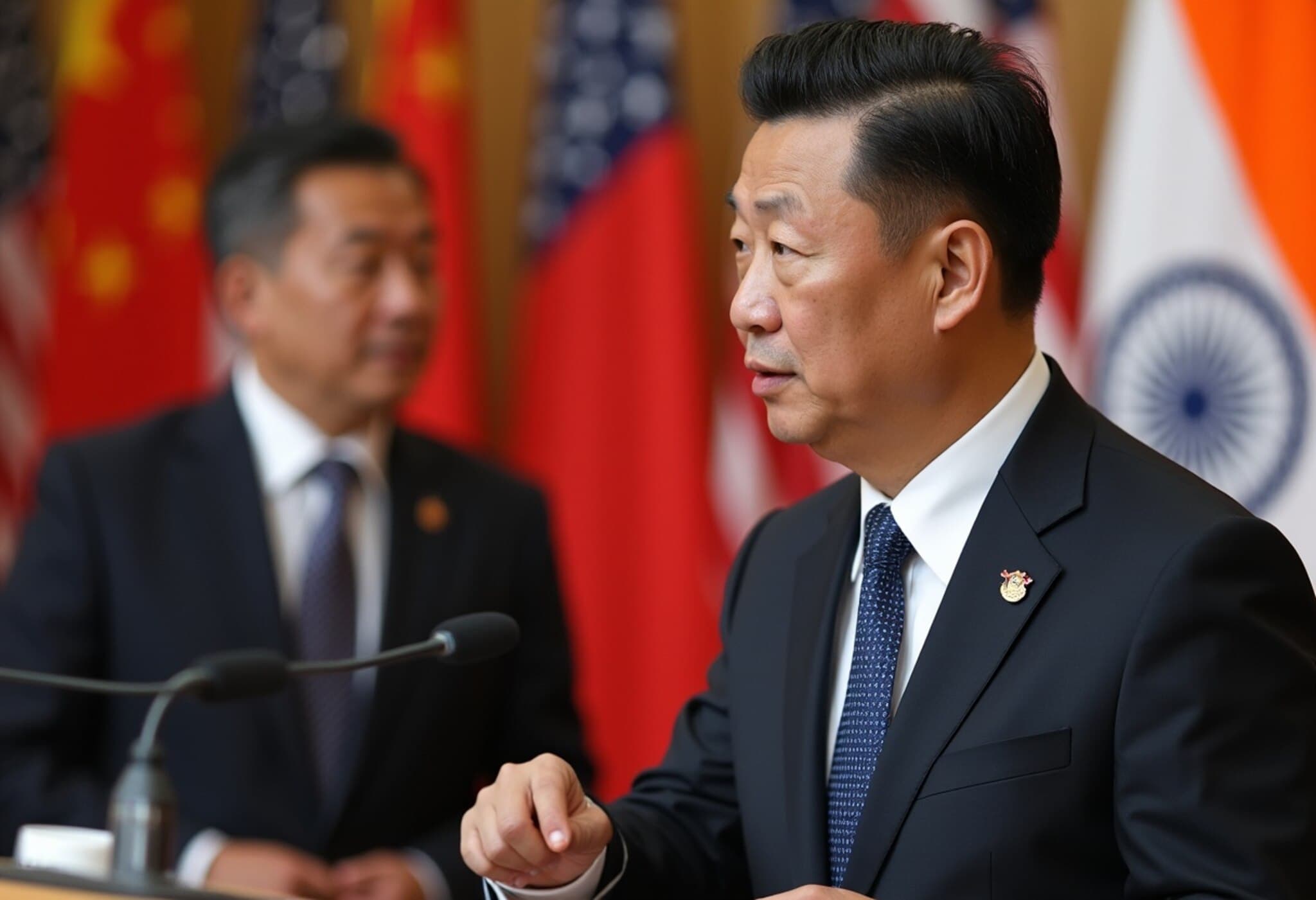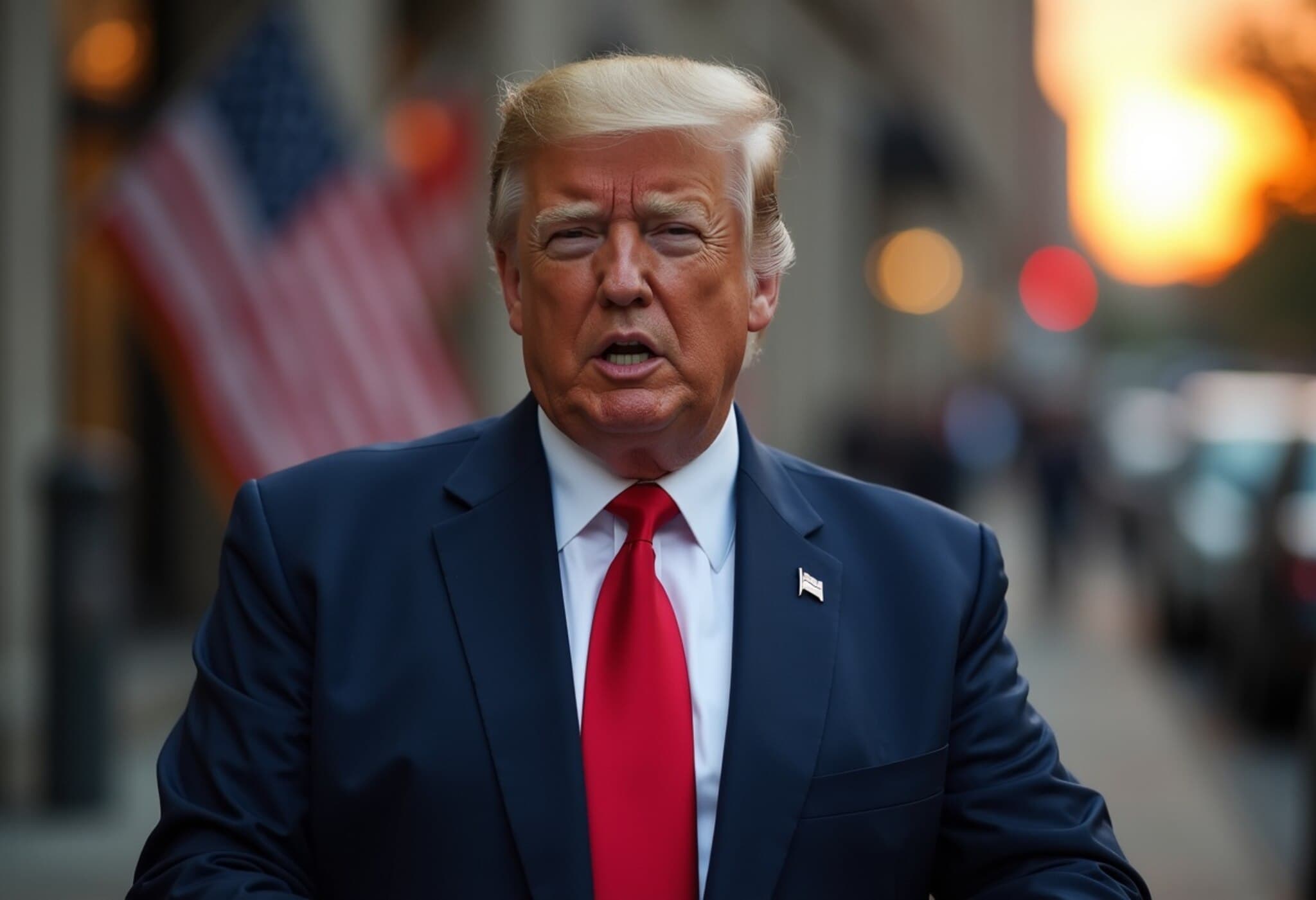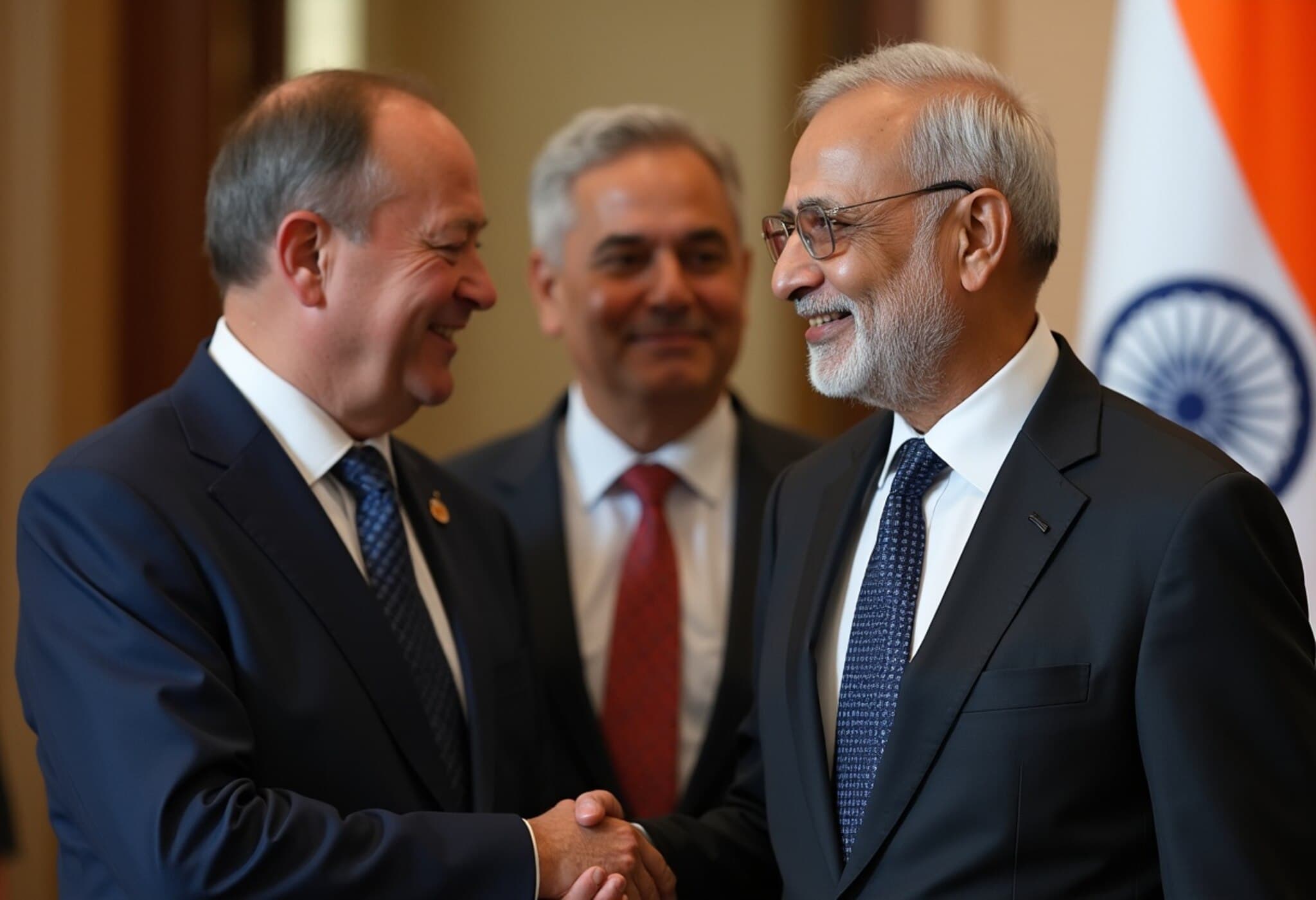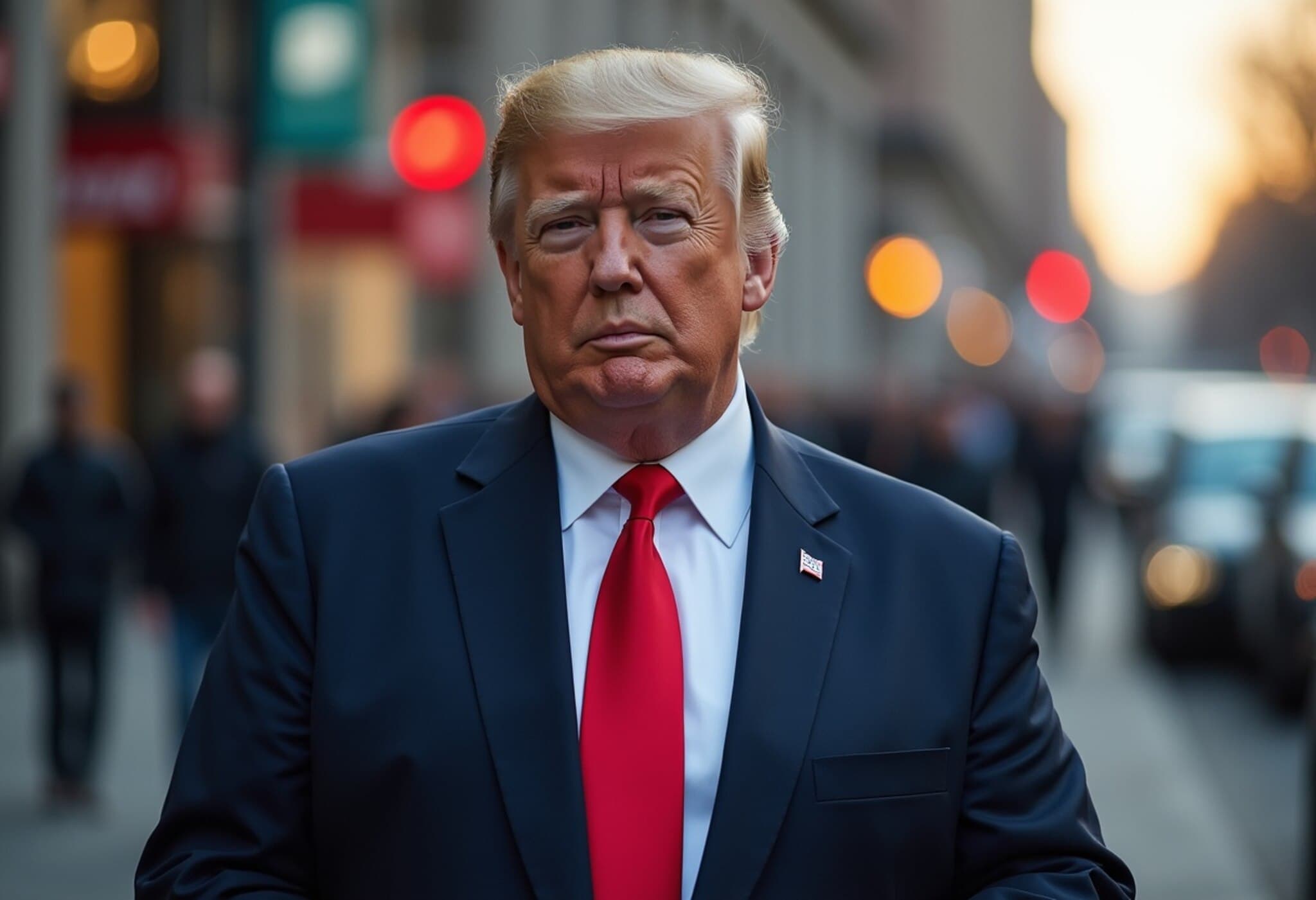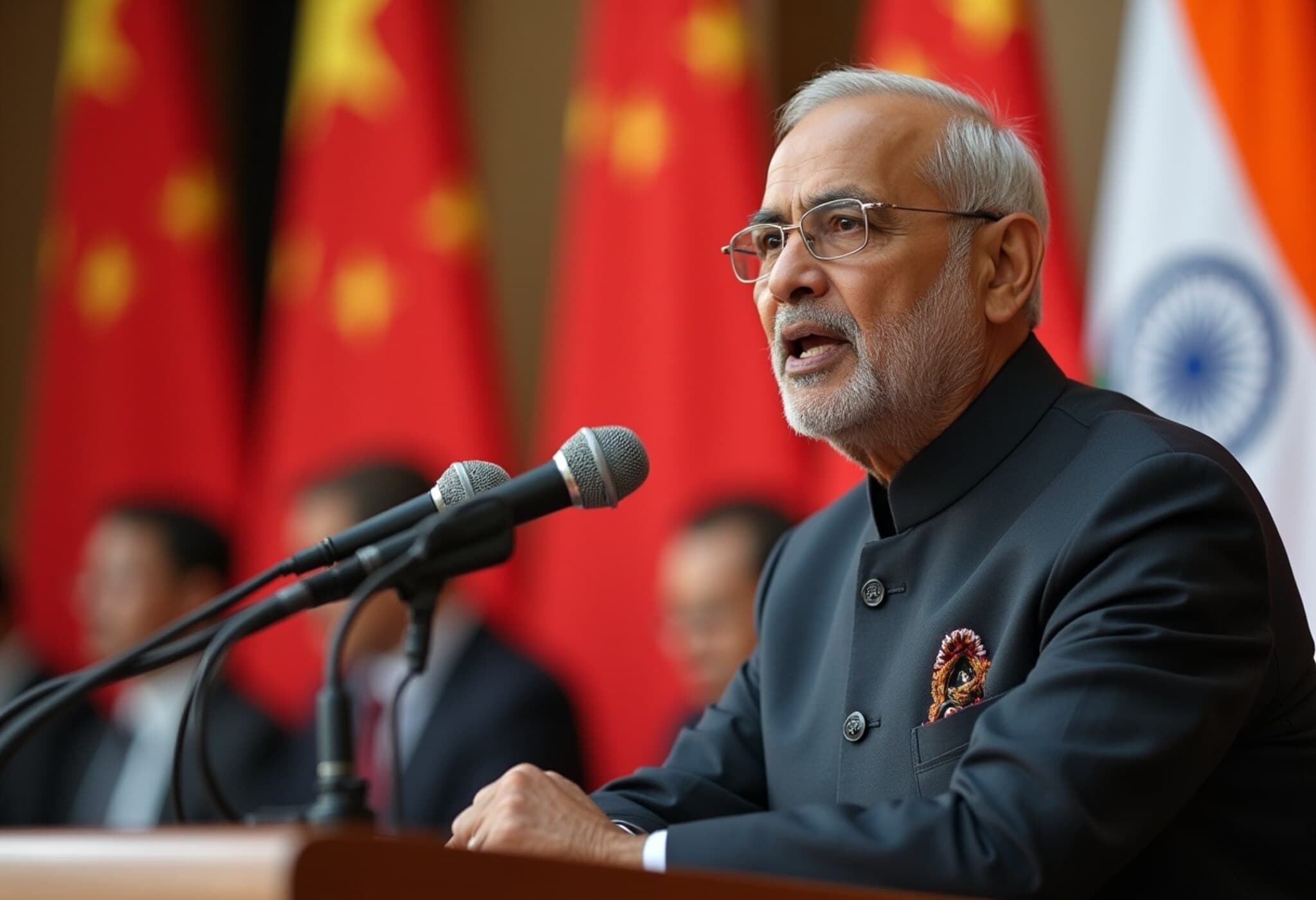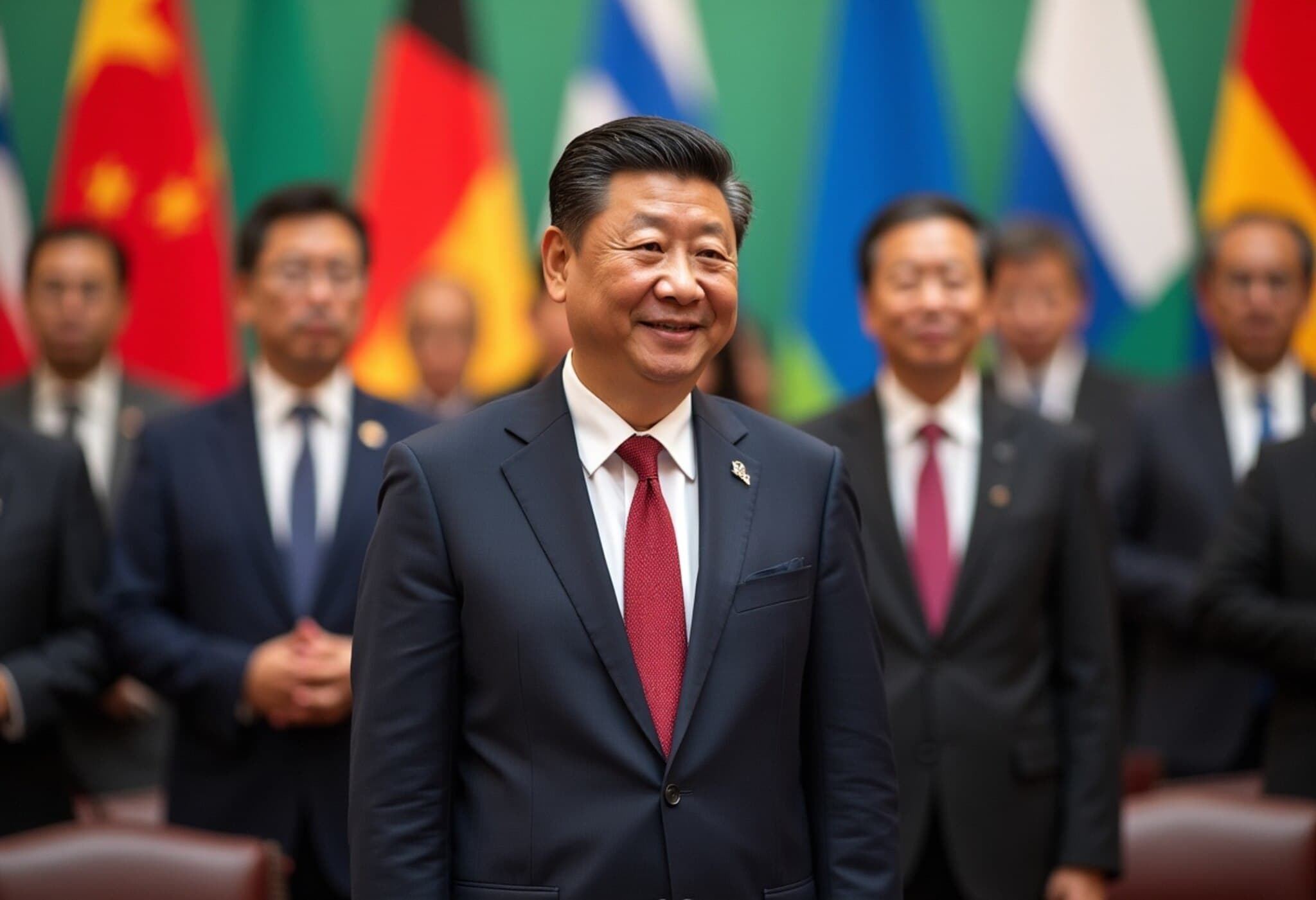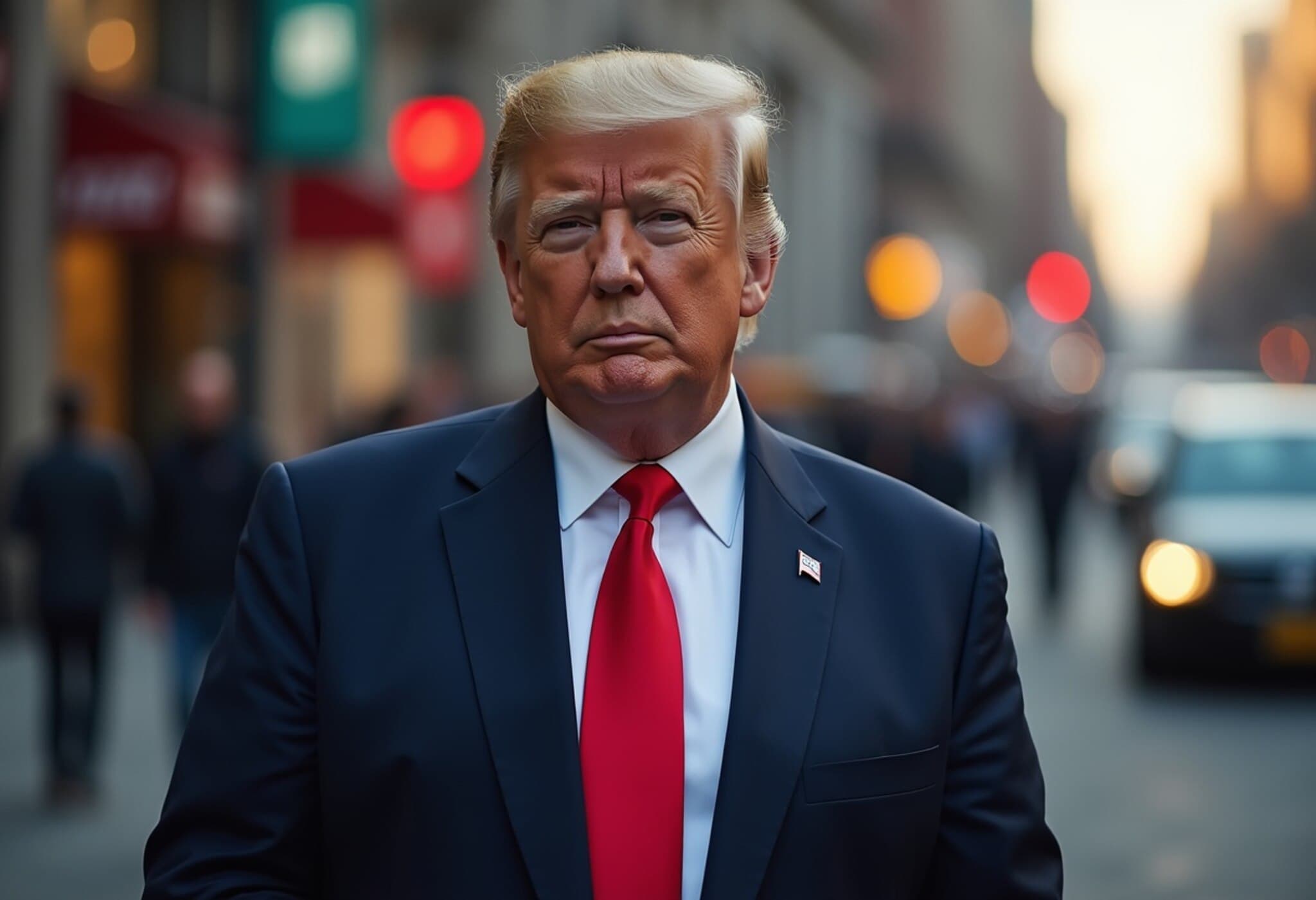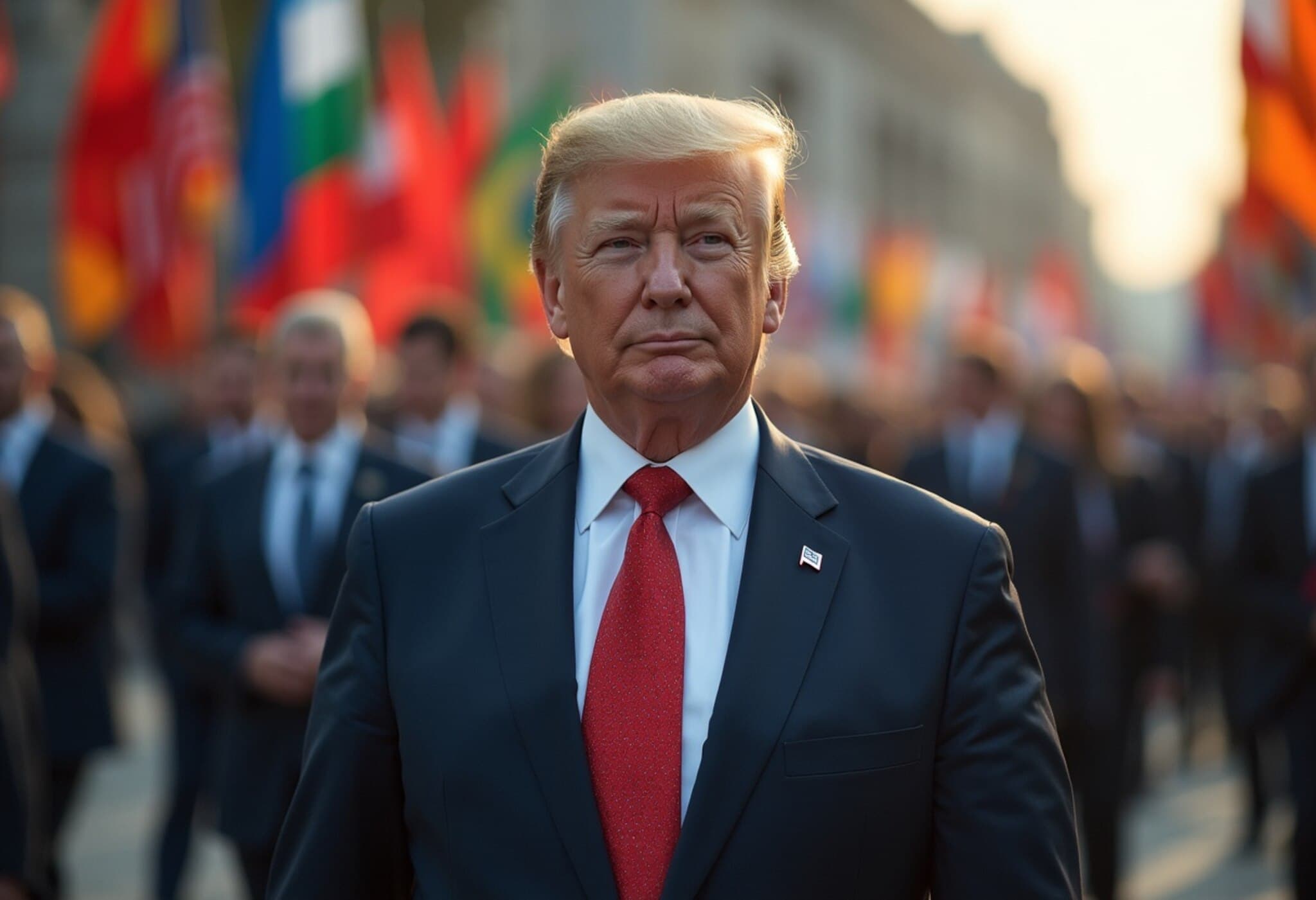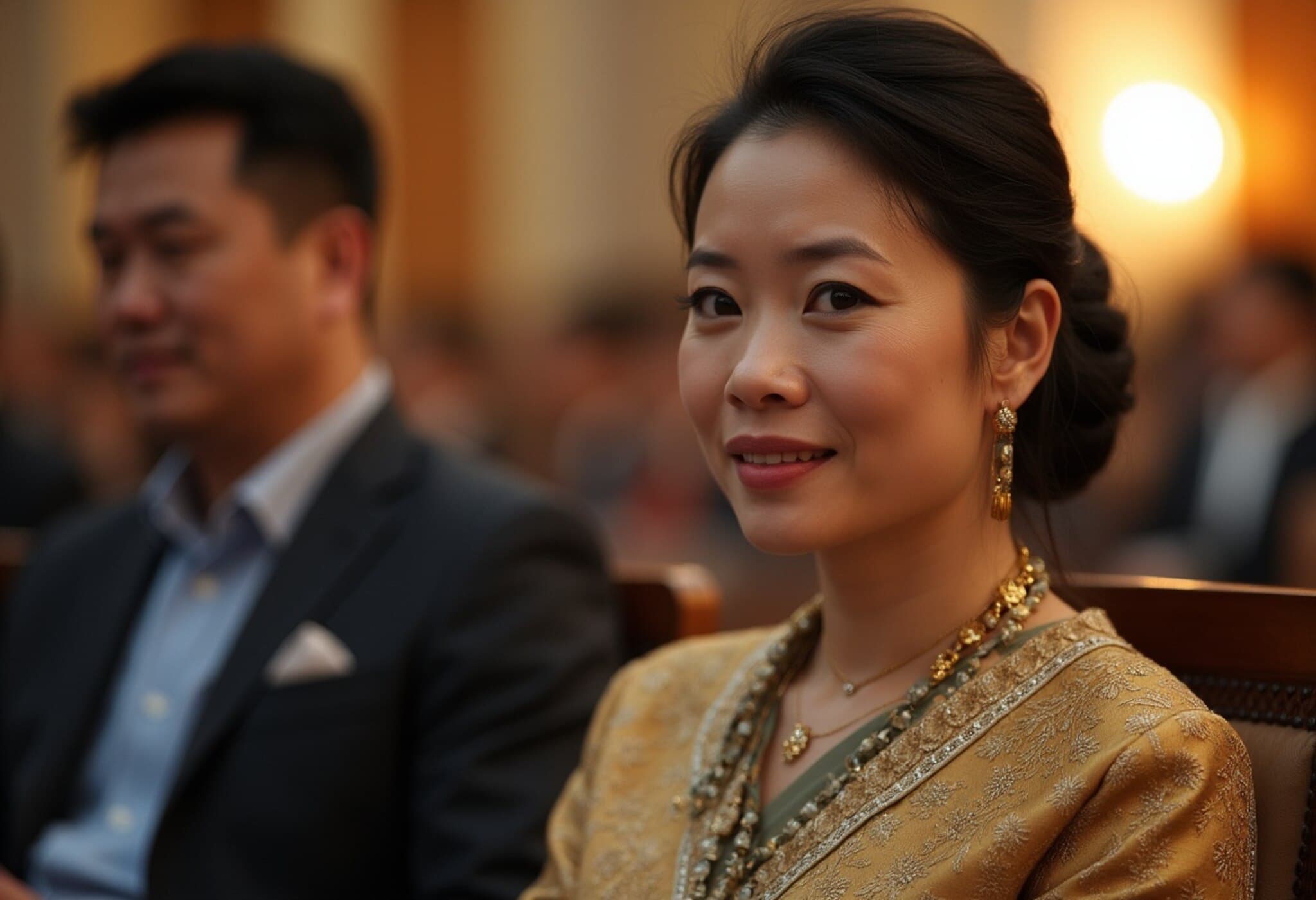China’s Ambassador to India Urges Trust Amid Rising Trade Tensions
In a candid address in New Delhi on August 21, 2025, China’s ambassador to India, Xu Feihong, called for enhanced strategic trust and cooperation between the two Asian neighbors. He emphasized that rather than viewing each other as rivals, India and China should approach their relationship as partners navigating a complex geopolitical landscape together.
“China and India should enhance strategic mutual trust and avoid mutual suspicion. Both countries are partners, not rivals,” Xu stated. “We should manage differences through dialogue.” His words come at a pivotal moment as the world witnesses ongoing shifts in global power dynamics, underscoring the significance of Sino-Indian collaboration.
Sharp Critique of US Tariffs Targeting India
Xu did not hold back in condemning U.S. trade policy, highlighting what he described as hypocrisy in Washington’s approach. He pointed to America’s historical gains from free trade, contrasting it with recent aggressive tariff impositions against India.
“The US has long benefited from free trade but now uses tariffs as bargaining chips,” Xu remarked. “The US has imposed tariffs of up to 50% on Indian goods and even threatened more. China firmly opposes these tariffs. Silence only emboldens the bully. China will firmly stand with India,” he added, signaling Beijing’s political solidarity amidst escalating trade friction between India and the United States.
This public declaration from the Chinese envoy injects a new dynamic into the trilateral relations between the US, India, and China, highlighting Beijing’s intent to counterbalance American influence in South Asia.
Geopolitical Context: Cooperation as Stability Anchor
Beyond trade issues, Xu framed the Sino-Indian relationship within a broader global context marked by significant upheavals. “The world today is going through its most profound transformation since World War II,” he observed. “At this moment of turbulence and change, the importance of China-India relations becomes ever clearer. Cooperation benefits both countries and contributes to regional stability.”
Experts note that the messaging aligns with Beijing’s broader strategy to cultivate stronger bilateral ties with India, aiming to manage border tensions and expand economic collaboration amid competing US influences.
Reviving People-to-People Exchanges and Looking Ahead
Highlighting easing cultural and tourism restrictions, Xu welcomed the resumption of Indian pilgrimages to sacred sites in China and India’s reopening of tourist visas for Chinese nationals. These gestures reflect attempts to rebuild trust at grassroots levels following years of diplomatic friction.
Looking forward, Xu expressed optimism about Indian Prime Minister Narendra Modi’s impending visit to China for the Shanghai Cooperation Organization (SCO) Summit in Tianjin from August 31 to September 1. “I believe this visit will inject new momentum into China-India relations,” he said.
This visit follows Chinese Foreign Minister Wang Yi’s recent meeting with PM Modi, where an official invitation from President Xi Jinping was delivered, setting the stage for high-level engagement amid growing regional complexities.
Expert Analysis: What This Means for the US-India-China Triangle
- Trade implications: The US-imposed tariffs on India—reaching as high as 50%—reflect Washington’s use of economic tools to pressure New Delhi on various strategic fronts, including technology and supply chain alignments. China’s vocal opposition signals a desire to foster a more united Asian front against American unilateralism.
- Diplomatic balancing act: India’s diplomatic tightrope between two superpowers reveals its prioritization of multipolar engagement, seeking both to safeguard sovereignty and maintain economic growth amid geopolitical rivalry.
- Regional security: As the SCO Summit approaches, dialogue between India and China on border and security issues may ease longstanding tensions exacerbated by past conflicts, influencing stability across Central and South Asia.
Such developments underscore how economic policies and diplomatic signaling are deeply intertwined with regional power equations, impacting global trade and security architectures.
Editor’s Note
China’s ambassador Xu Feihong’s forceful denouncement of US tariffs on India and public affirmation of support for New Delhi underscore a shifting triangle of influence in Asia. As India prepares for PM Modi’s SCO Summit visit, the call for mutual trust and cooperation with China reflects not only historical complexities but also emerging opportunities amid global uncertainties. This evolving dynamic begs critical questions: Will India navigate a middle path that preserves its strategic autonomy without alienating partners? Can dialogue realistically resolve economic and border tensions? And how will the US recalibrate its approach in response to this burgeoning Sino-Indian partnership?

